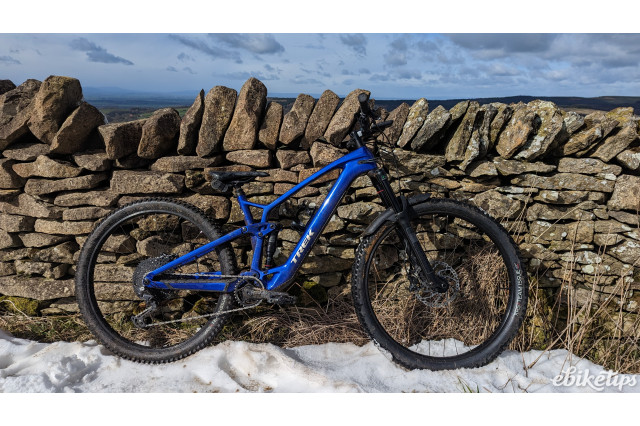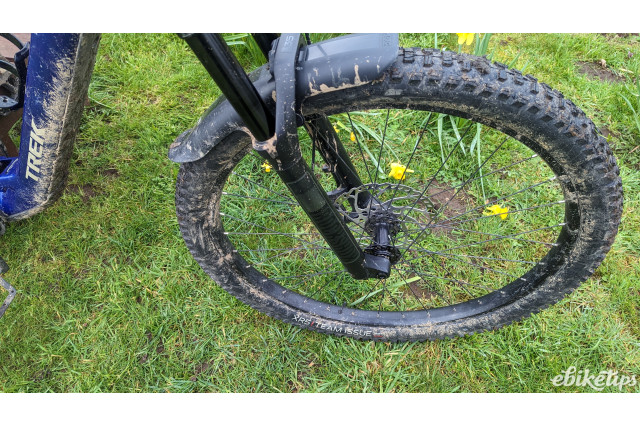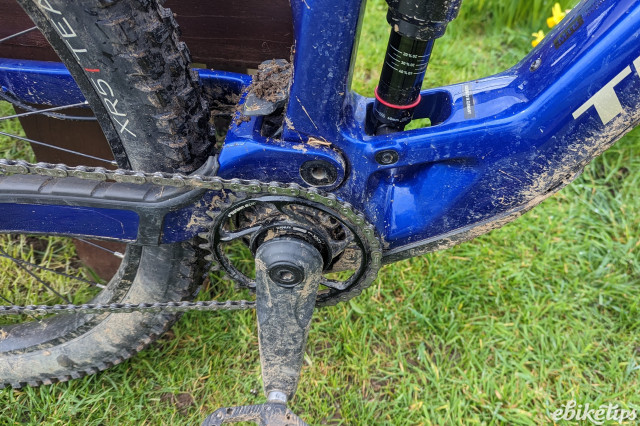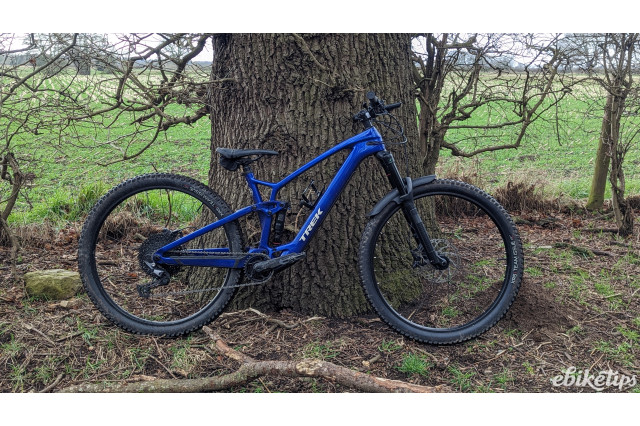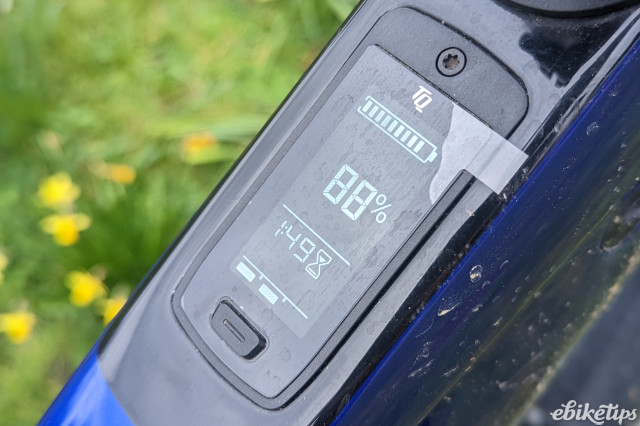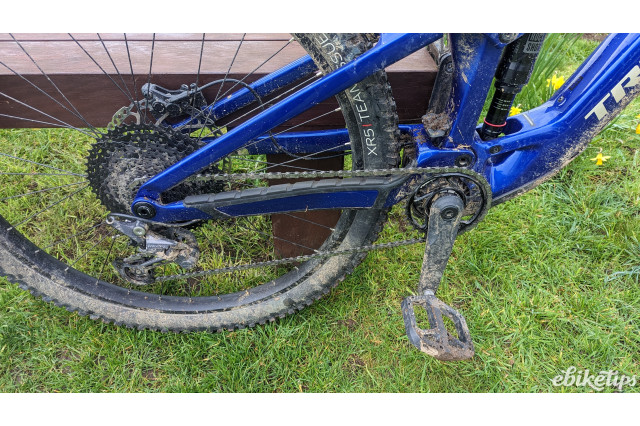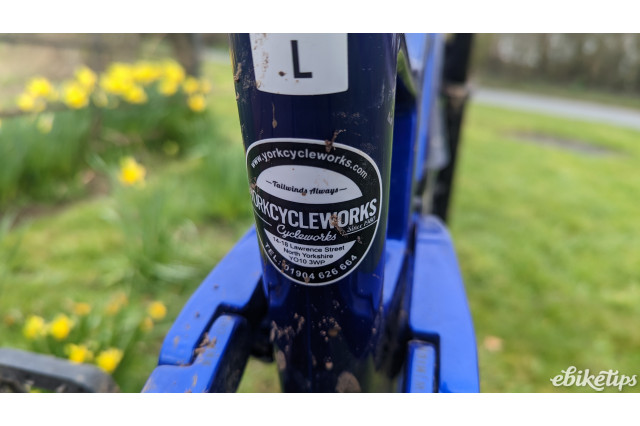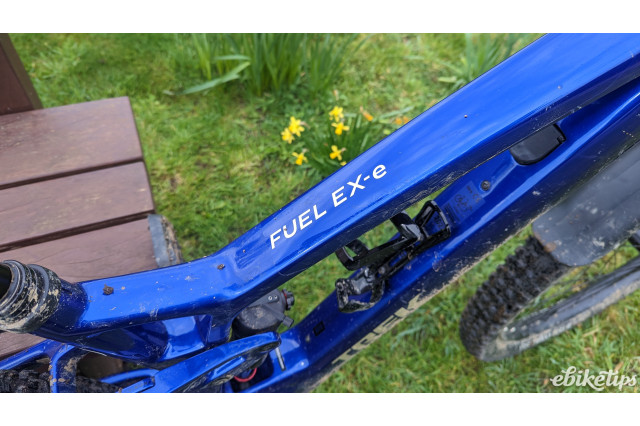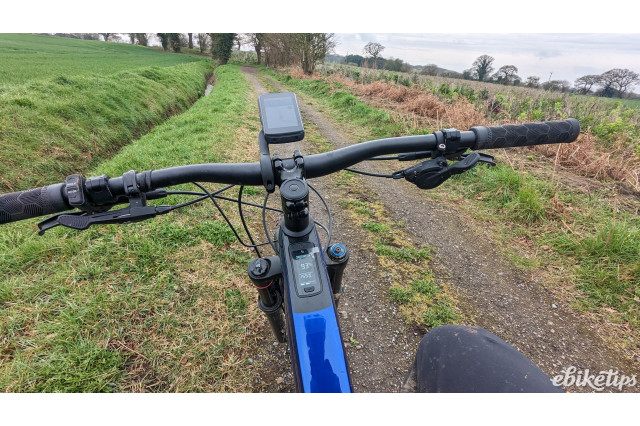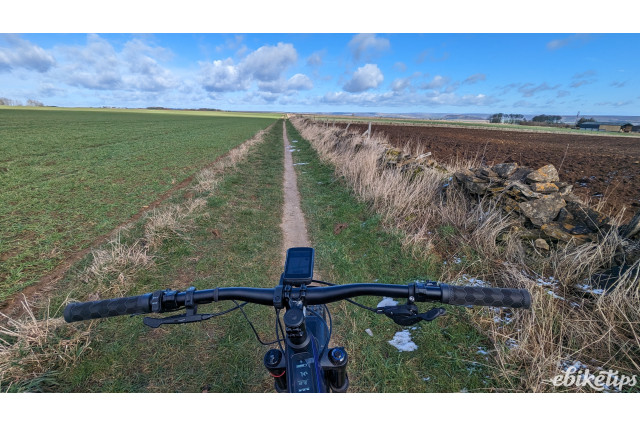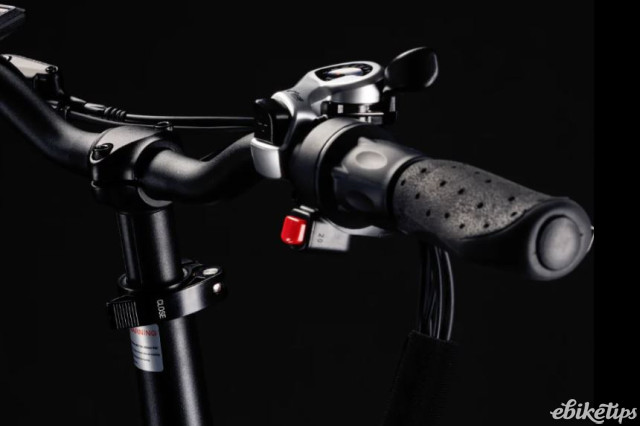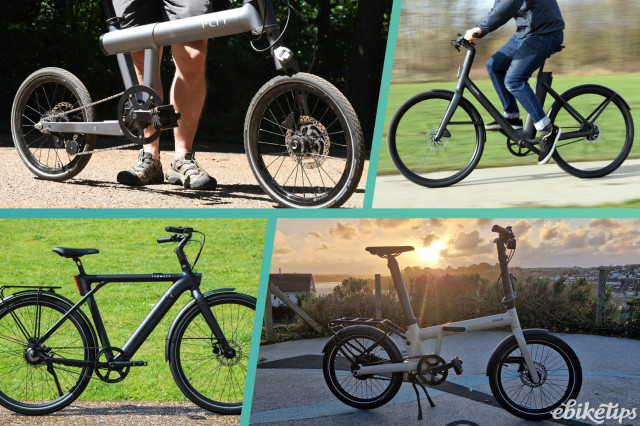Review: Trek Fuel EXe 9.5
Overview
- Near silent motor
- Playful and agile frame
- Great connectivity with app and cycling computers
- Mid-level components for the price
- Expensive
Trek’s Fuel EXe 9.5 is a game-changing electric mountain bike with a natural-feeling motor system and inspired geometry. Considering it’s an entry-level model to the range, it’s rather a lot of money at £6,400, but if a mid-drive motor that doesn't sap all feeling from the trail is high on your list of wants, then this is the bike to try.
American company Trek has really embraced the electric bike game in recent years. Unlike some other brands, they don’t appear tied to one motor brand and thus have a variety on offer including Bosch and now TQ.
I was lucky enough that my local bike shop York Cycleworks had a Trek Fuel EXe ready for demo rides, so they kindly let me borrow it for a few weeks to get to grips with this new TQ motor I’d heard so much about, and to get some proper Yorkshire trail riding in.
The motor
The Fuel EXe is aimed at people who want a natural feel when they ride. For those who don’t want an e-bike to take over the trail, but want to go further and easily add more laps in at the bike park. This is why the TQ-HPR50 is the heart and soul of this bike.
Trek (and TQ) like to push the aerospace heritage angle of the TQ drive system. It’s extremely quiet, which is a big plus for many e-bikers who typically have to endure the whirr of a mid-drive working hard as they try and get their heads into nature. It’s also small and lightweight at a claimed 1,800g (for obvious reasons I couldn’t measure this myself). TQ uses a harmonic pin ring transmission which means it can be smaller than traditional toothed gear motors and belt drives. I won’t re-hash how it works here, but if you’re desperate to understand more, Trek has a nice little page on their website.
The point is, it’s small, light and powerful. It produces a maximum 50Nm of torque and 300W peak power, which doesn’t sound like a lot for an eMTB, but it works. When everything else on the bike is lighter and more compact, you don’t need to overcompensate. Additionally, it’s at this sort of range where you avoid the occasional jerkiness of more powerful motors.
I only felt like it was lacking once or twice, and that was when I was riding up something about 20% and slippery. It helped me get through some pretty deep snow drifts while staying upright, and tackled a lot of natural trails easily. I was really impressed with how responsive and quiet the drive system was, and only really heard it kick into gear when I was in the highest assist setting and making it work overdrive.
The battery
Encased in the downtube is a 360Wh battery. It doesn’t sound like much if you want to head out on an all-day epic, so if you find you want more, you can purchase a 160Wh range extender which sits in the front bottle cage for just under £500.
The range of the 360Wh battery, however, is where things get a bit tricky to measure. TQ measures it in hours rather than miles, and estimate roughly two hours on full assist for an average rider. I think that could be about right, maybe a bit under what I experienced, but as a lighter than average rider (and female), I usually do see better range numbers than estimated by brands.
I rode 18 miles around the North Yorkshire Moors as my longest ride on this bike, switching between the assist levels when needed, and still had 32% battery when I got back to the car.
Display and app
The control display is located within the top tube. Some riders will like this position, but I still prefer something on the handlebars so I don’t get distracted looking down for too long. It can display several different metrics, including battery level, range remaining, mileage, time on bike etc. The remote is on the handlebars, and is where you choose your assist setting (including walk assist).
You can pair the bike with the Trek Central app, which provides lots of information and tracking for the bike. I particularly liked the suspension PSI suggestions for weight – not a foolproof measurement but a good place to start if you’re not sure how to set up your suspension. You can even download over the air updates which is something I would consider an essential for a modern e-bike.
The app also allows you to tune your motor, so picking how much assistance and at what point it ‘kicks in’ within each level. It’s a truly customisable experience. The bike is also ANT+ compatible, so you can see a lot of metrics on Garmin, Wahoo and now Hammerhead devices if you’re into that sort of thing.
How it rides and components
So what’s it like to ride? In a word, excellent. The TQ drive system is not overbearing and doesn’t make you feel indestructable like some mid-drive motors can. But that’s not a bad thing. Instead, it feels like you are Jolanda Neff, only without the lack of fear and years of technical training. It won’t make up for the fact you’re in over your head if you accidentally take the black line instead of the red, but it will help you to ride for longer, at a higher speed, and potentially give you more time to learn the skills.
The frame is agile and lively – and I think it’s important to mention here that I was riding a size L when really I should have been on an S – and yet I was still able to whip it about and ride with a degree of confidence. And perhaps more importantly, I could fit it in my car by myself (which is not something I can often do with electric mountain bikes - I usually pull a muscle).
It just doesn’t look, ride, or weigh like a beastie boy e-bike. It’s like the lighter weight cousin, the one who runs marathons and eats a decent ratio of greens to meat at Christmas rather than being first in line to the Quality Street tin.
I took some time to tune in the suspension for my weight and it was excellent. For reference, the Fuel EXe 9.5 is equipped with a 150mm RockShox Gold RL fork and 140mm RockShox Deluxe Select+ rear shock. It’s compliant and easy to adjust – and I didn’t feel out of my depth at any point, riding it around the North Yorkshire Moors, Dalby Forest and beyond.
The Shimano Deore 12-speed drivetrain was also pretty faultless, but I did feel that at this price point perhaps it could have done with an SLX upgrade just to warrant the cost a little better.
Conclusion
The Trek Fuel EXe 9.5 is the entry-level model for this range, which sounds a bit daft when it costs over £6k. It is, however, on a par with other brands using this particular drive system. It’s brands making lightweight eMTBs that choose it, including bikes like the Scott Lumen eRIDE which begins at £6,499 - although you do get a better groupset and ‘e-bike specific’ suspension even on the ‘entry-level’ model, the 910.
Without the extreme price, there’s no denying the Trek Fuel EXe is an incredibly enjoyable e-bike to ride. It’s agile, it’s playful, but with the right amount of grip and stability to make all kinds of terrain your playground. If you want something that rides like an unassisted bike but with a little bit of extra boost, it’s definitely worth a test ride.
